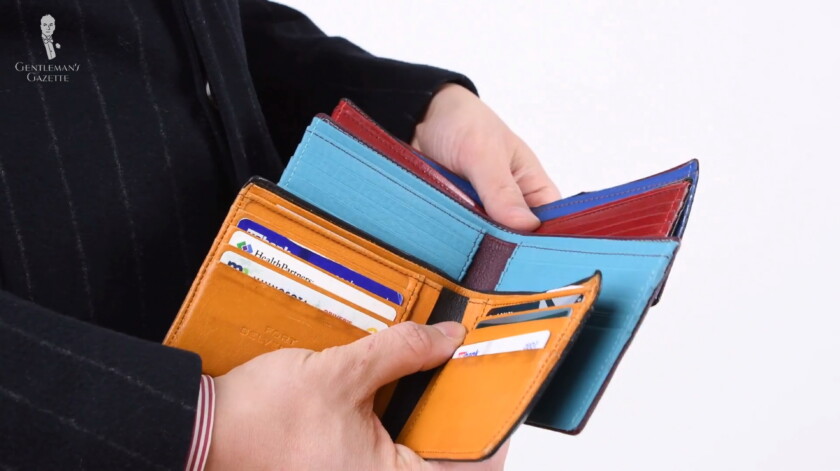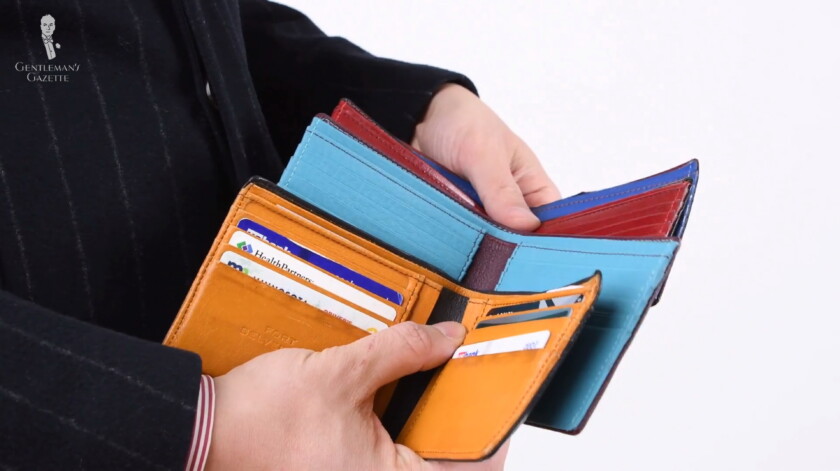Imagine immersing yourself in a world where wealth is not only measured by the size of your bank account, but by the influence and status that has been passed down through generations. This is the world of “Old Money” – a term used to describe family dynasties that have benefited from inherited wealth and derive their significance from it. Unlike noble aristocracy, Old Money is not based on noble birth or titles. It is often contrasted with “New Money,” referring to families who have acquired wealth but have not yet acclimated to the customs and norms associated with Old Money. The Old Money aesthetic, defined by subtlety, timelessness, quality, and personalization, is not limited to the wealthy elite. It is a lifestyle that anyone can embrace, regardless of their background or wealth.
Inherited Wealth and the Influence of Old Money

Overview of Old Money
Old Money refers to family dynasties that benefit from inherited wealth and derive status, influence, and significance from it. It is distinct from noble aristocracy, as it is not based on noble birth and titles. Old Money is often contrasted with New Money, which refers to families with equal or greater wealth that have not acclimated to the customs and norms associated with Old Money.
Definition of Old Money
Old Money is primarily characterized by inherited wealth and family dynasties. It is the result of wealth being passed down through generations, creating a lineage of wealthy individuals who have a significant impact on society. In today’s world, Old Money often holds immense power and privilege due to the influence derived from inherited wealth.
Historical Context of Old Money
The origins of Old Money can be traced back several centuries. It emerged during a time when the accumulation of wealth was concentrated in the hands of a small elite class. As commerce and trade expanded, certain families accumulated vast amounts of wealth, establishing their place in society. Notable Old Money families such as the Rothschilds, Rockefellers, and Vanderbilts have cemented their positions as influential figures across generations.
Influence and Significance of Old Money
Old Money wields significant social and political influence. With wealth comes the ability to shape societal norms and values, as well as support political causes. Old Money families often engage in philanthropic endeavors, funding cultural institutions, education initiatives, and healthcare programs. Their contributions to society have made a lasting impact and continue to shape the world we live in.

Distinction from Noble Aristocracy
Unlike the noble aristocracy, Old Money is not based on noble birth and titles. While noble titles may hold prestige and social standing, Old Money does not rely on these factors to maintain influence and wealth. Instead, Old Money is derived from financial power accumulated through generations and is typically accompanied by a refined lifestyle and cultural influence.
Contrast with New Money
New Money refers to families that have acquired wealth through means other than inheritance. These individuals or families often come into sudden wealth, such as through entrepreneurship or investments. While they may possess equal or greater wealth compared to Old Money families, they may not necessarily have the cultural and societal acumen that comes with generations of inherited wealth. Their spending habits, lifestyle choices, and social customs may differ from those associated with the Old Money elite.

The Old Money Aesthetic
The Old Money aesthetic refers to the cultural perception of what Old Money individuals wear and the style they embody. It is defined by historical realities and modern-day assumptions that have shaped the fashion choices of the Old Money elite. This aesthetic is often characterized by subtlety, timelessness, quality, personalization, a lifestyle orientation, effortlessness, appropriateness, increased formality, and the possession of heirloom-grade articles.
Definition of the Old Money Aesthetic
The Old Money aesthetic encompasses not only fashion but also cultural perception and societal expectations. It is a way of dressing and presenting oneself that signals wealth, class, and a certain level of refinement. The Old Money aesthetic values the understated and the sophisticated, focusing on investment pieces that exhibit superior craftsmanship and timeless design.

Embracing the Old Money Aesthetic
Contrary to popular belief, embracing the Old Money aesthetic is not limited to those who come from an inherited wealth background. The aesthetic can be adopted by anyone who appreciates the values it represents—quality, tradition, and effortless elegance. It transcends socioeconomic boundaries and offers universal appeal.
To embrace the Old Money aesthetic, one can start by incorporating the stylistic hallmarks into their wardrobe. This includes investing in timeless and high-quality pieces that will stand the test of time. Whether it be a tailored blazer, a classic pair of leather shoes, or a well-crafted handbag, these pieces exude an air of sophistication and refinement.
However, embracing the Old Money aesthetic is not just about fashion choices. It is also about cultivating a lifestyle that aligns with the values associated with Old Money. This can include emphasizing education, engaging in philanthropy, and cultivating an appreciation for the arts and culture. By embracing these ideals, one can embody the Old Money aesthetic regardless of their background.
In conclusion, inherited wealth and the influence of Old Money have played a significant role in shaping society. Old Money is distinct from noble aristocracy, deriving its influence from inherited wealth rather than noble birth and titles. It is contrasted with New Money, which may possess wealth but lacks the cultural acumen associated with generations of inherited wealth. The Old Money aesthetic represents an understated elegance and can be embraced by anyone, regardless of their background. By incorporating the stylistic hallmarks and embodying the values it represents, one can cultivate an Old Money lifestyle and make a lasting impact.
